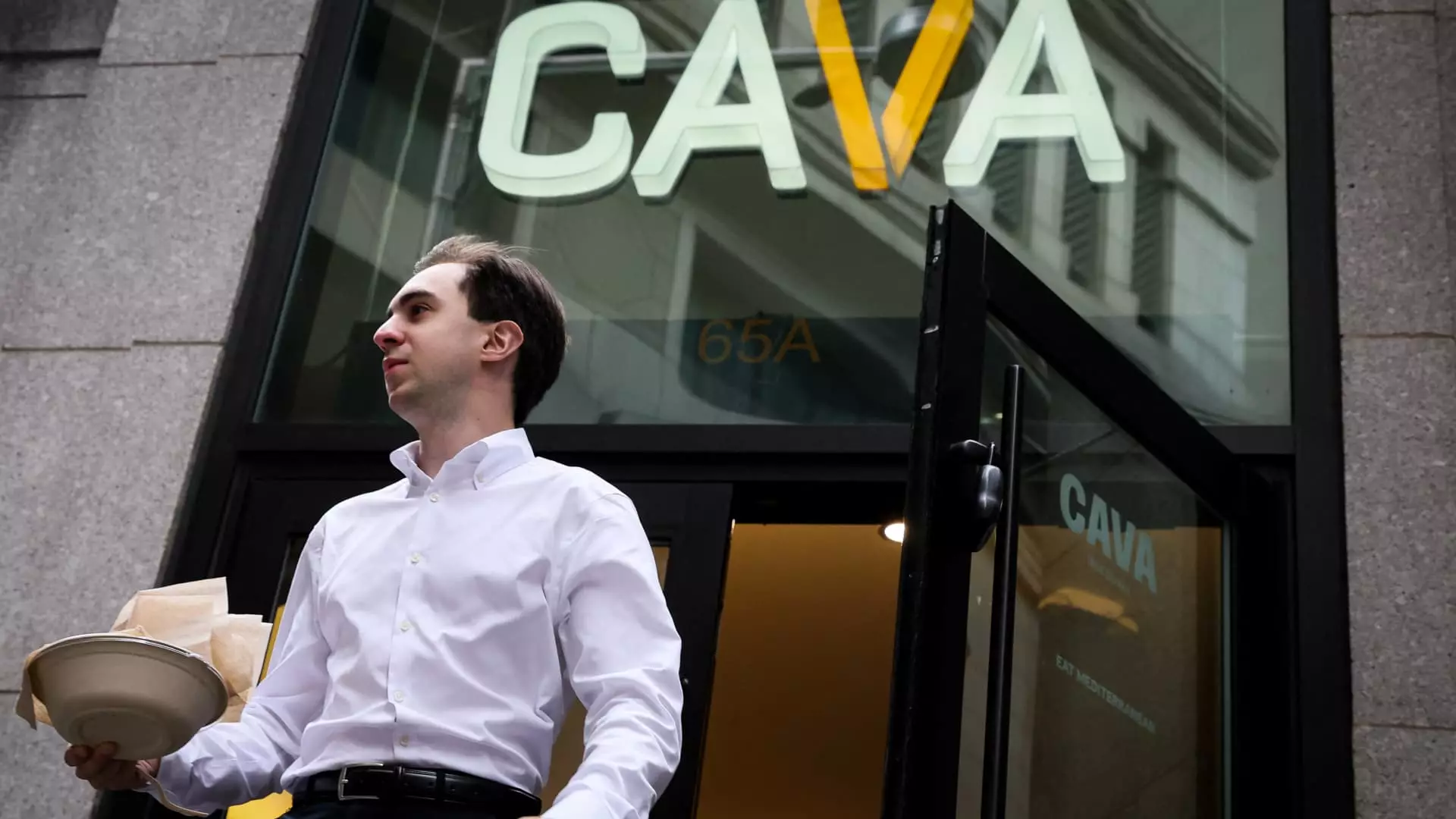In an era marked by economic tightrope walking, the resurgence of loyalty programs among fast-casual chains reveals a calculated move to reshape consumer spending habits. Instead of simply offering perks to enhance customer experience, these brands now view loyalty initiatives as critical instruments for survival. As discretionary spending dwindles and consumers grow more discerning, restaurants have shifted from casual bonuses to essential hooks designed to lock in patronage. This transformation underscores an unsettling realization: loyalty programs are no longer just about appreciation—they are tools of sophisticated behavioral manipulation, carefully engineered to foster habitual spending patterns that serve corporate interests above consumer well-being.
What’s particularly striking is how these programs are subtly shifting consumer perceptions of value. No longer are discounts or free items seen as spontaneous rewards—they are now expected, integral to the dining experience. These tactics, championed by major players like Starbucks and Chipotle, capitalize on psychological triggers that promote repeated engagement while blurring the lines between genuine appreciation and commercial entrapment. The shift reflects an aggressive, if masked, effort by brands to maintain relevance in a landscape where traffic and sales are declining, often at the expense of consumer autonomy.
Strategic Expansion of Rewards—Beyond Mere Discounts
Many companies are elevating their loyalty schemes from basic point accruals to sophisticated engagement platforms. For instance, Cava has cleverly repositioned its loyalty program to emphasize flexibility and personalized rewards, offering members the chance to earn points on every visit and redeem them for items they truly want. By introducing limited-time offers and engaging in themed promotions—such as National Pita Day—Cava leverages buzz and exclusivity to deepen customer involvement. The cultural touchpoints and surprise moments serve as psychological reinforcements, subtly encouraging more frequent visits and greater spending.
Meanwhile, Chipotle’s “Summer of Extras” campaign exemplifies how brands are incentivizing consumer retention through gamified campaigns—giving away substantial free items and encouraging customers to compete for top loyalty status. These efforts are designed not merely to increase sales but to embed brand loyalty into daily routines, making dining choices habitual rather than occasional. Such strategies reveal an unsettling understanding: that consumers are receptive to continuous nudges, especially when framed under the guise of fun, rewards, or community participation.
Economic Incentives and the Erosion of Genuine Value
The reliance on loyalty programs does not come without cost. On the surface, brands position these initiatives as value-driven responses to economic hardship. Yet, beneath the surface lurks a desire to maximize profit margins through increased customer engagement—regardless of the immediate financial outcomes. Promotions, free meals, or extra points are investments that often cut into margins but are justified as long-term gains in consumer loyalty and frequency.
Starbucks’ recent modification—eliminating the reusable cup bonus in favor of double stars—illustrates a compromise wherein earning potential is curtailed not to harm loyalists but to refocus spending and encourage continuous activity. But such moves risk alienating core customers who perceive these changes as reductions in their benefits. This tension exposes the thin line between strategic engagement and manipulative depletion of consumer goodwill.
Potbelly and Portillo’s are exemplars of how fast-casual restaurants are deploying these loyalty tactics creatively, integrating digital wallets and badge systems that emphasize ease and immediacy. These innovations aim to accelerate reward redemption and increase visit frequency, aligning corporate goals with consumer behaviors that are increasingly dictated by perceived value and convenience. Yet, this comes at a broader societal cost: the continual steering of consumer choices through targeted rewards that prioritize corporate revenue over authentic satisfaction.
The Ethical Dilemma of Behavioral Gaming in a Troubled Economy
The aggressive deployment of loyalty schemes reveals a deeper ethical concern. When economic hardship pushes consumers to spend more intentionally, brands respond by designing programs that subtly encourage excess and dependency. Loyalty programs become not just a means to retain customers but a mechanism to shape how and when they spend—often encouraging overconsumption disguised as “value.” By offering limited-time specials or game-like challenges, restaurants manipulate psychological triggers, fostering compulsive engagement.
While center-wing liberalism advocates for consumer rights and market fairness, the current trend demonstrates how corporate interests increasingly dominate consumer choices through sophisticated behavioral design. The line blurs between providing helpful incentives and exploiting vulnerabilities. The broader societal implications suggest a shift toward a more transactional relationship, where loyalty is manufactured, not earned, and consumer autonomy is second to profit motives.
In this landscape, diners are subtly pulled into a web of earned rewards and perceived exclusivity, making it harder to distinguish genuine value from calculated marketing tactics. The consequence is a consumer environment where loyalty is less about mutual appreciation and more about engineering habitual returns—sometimes at the expense of true satisfaction or economic sensibility.
The Reality Check: Loyalty programs today are less about customer appreciation and more about strategic control. While consumers may believe they are gaining benefits, they often find themselves caught in a cycle where their spending is subtly steered, and their choices are shaped by clever, and sometimes aggressive, marketing psychology. This dynamic raises critical questions about fairness, transparency, and the genuine purpose of loyalty schemes in an economy that demands more authentic, consumer-centric approaches.

Leave a Reply